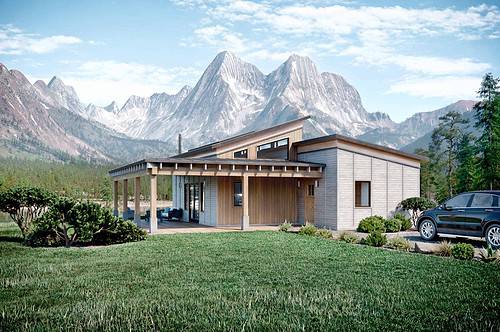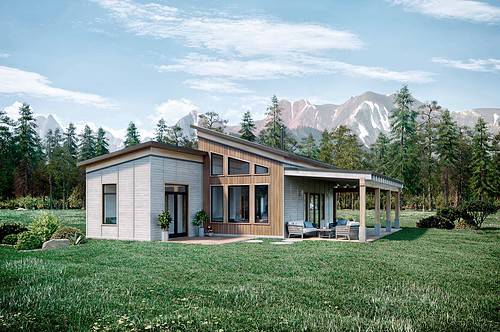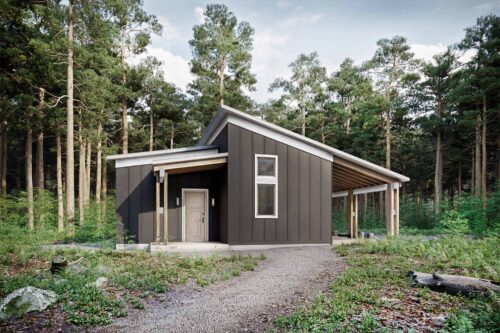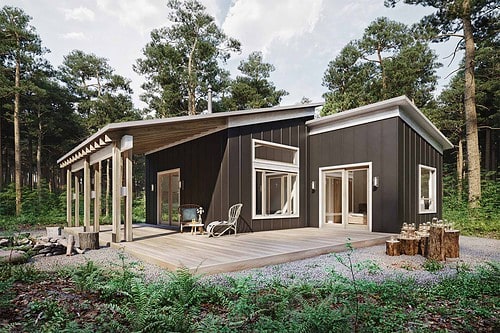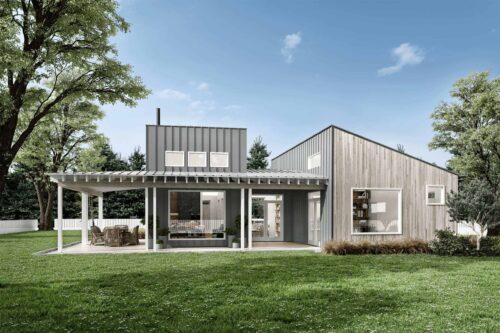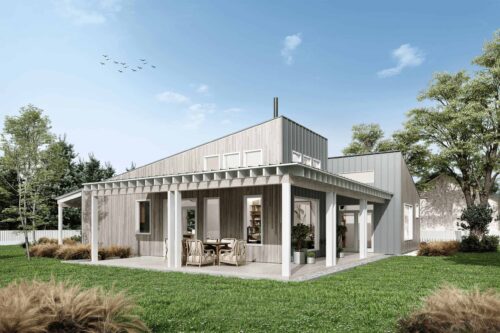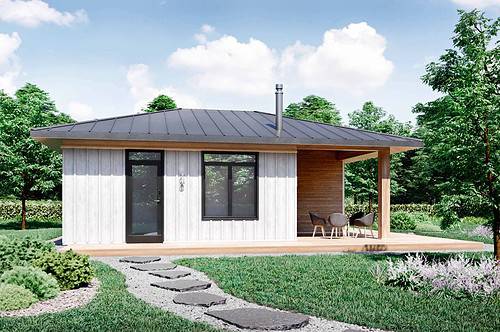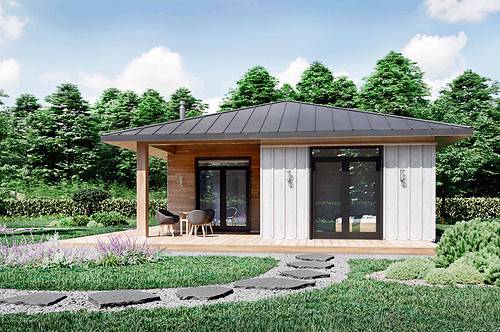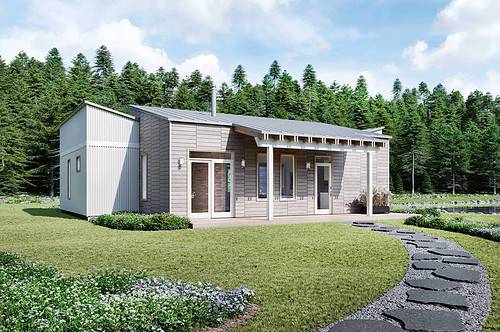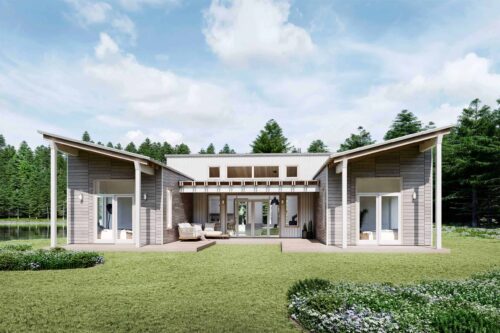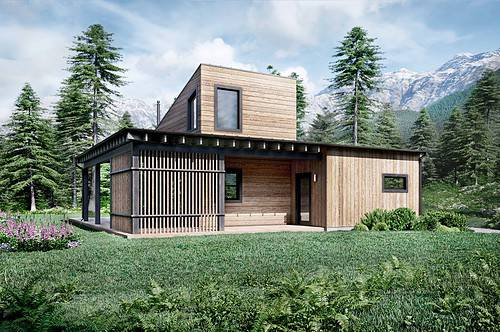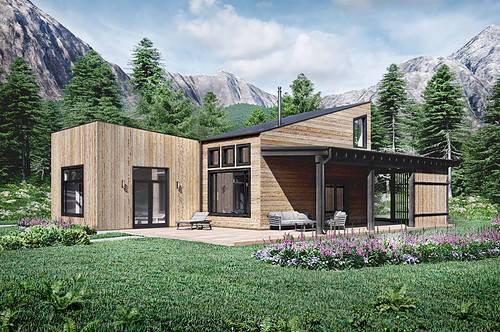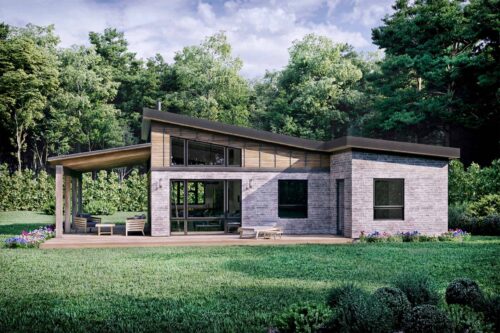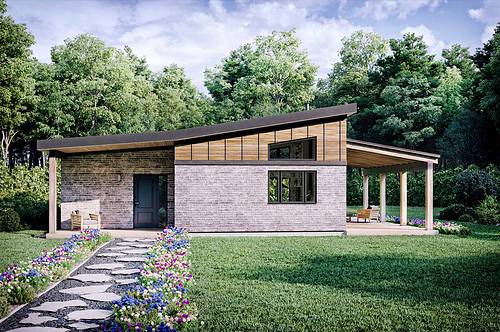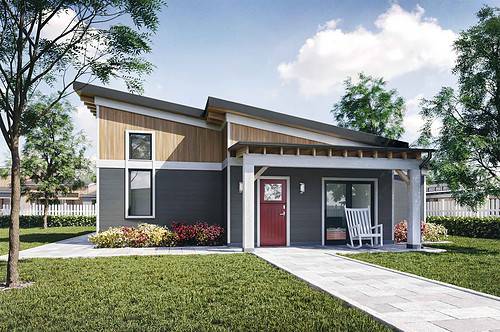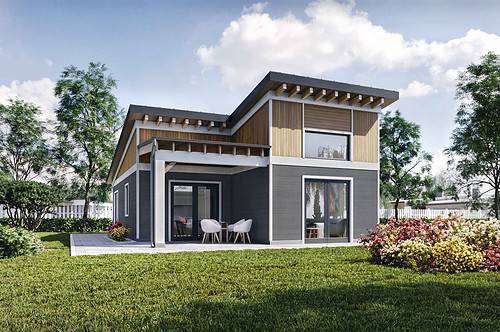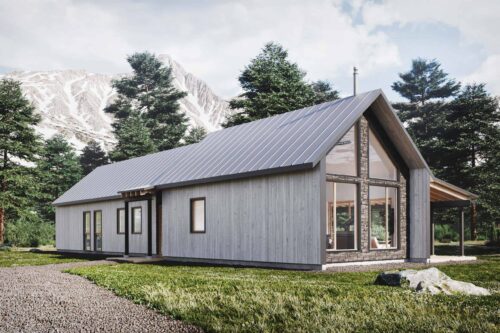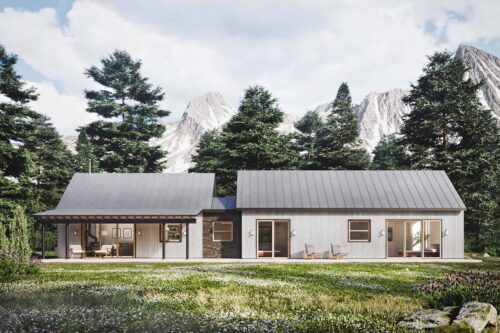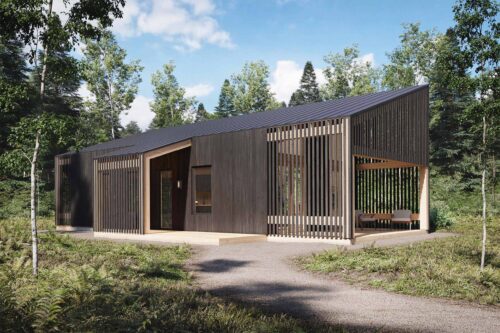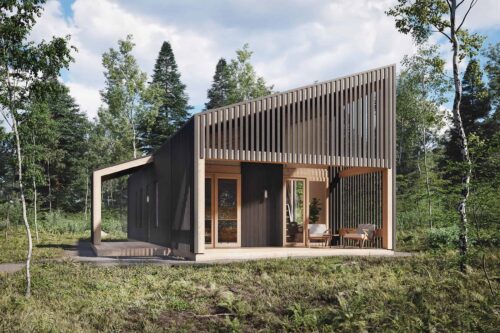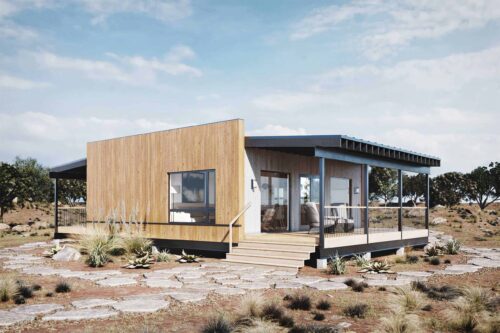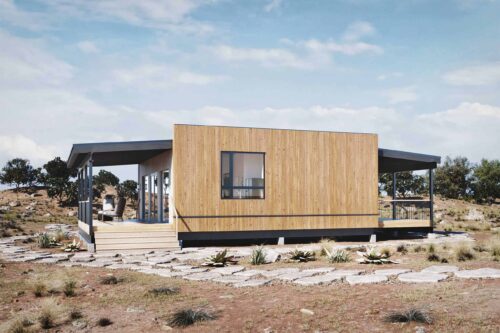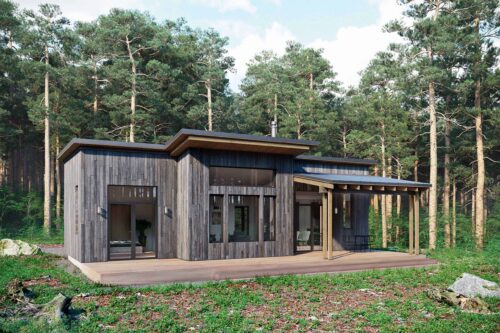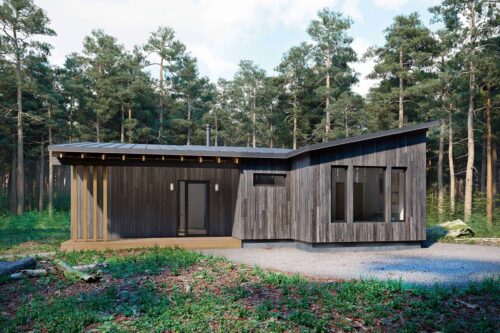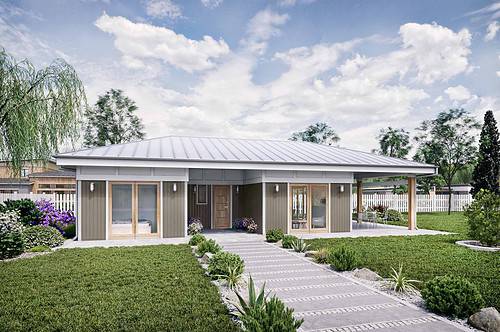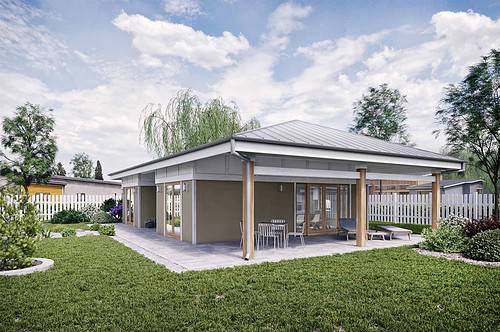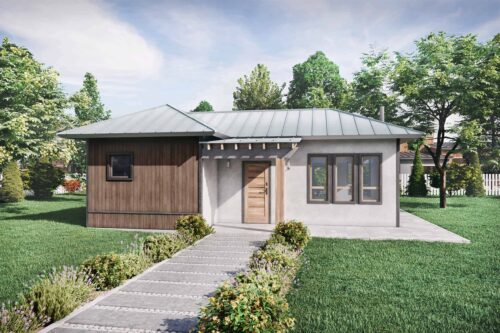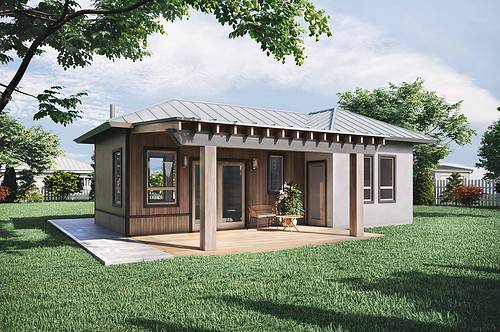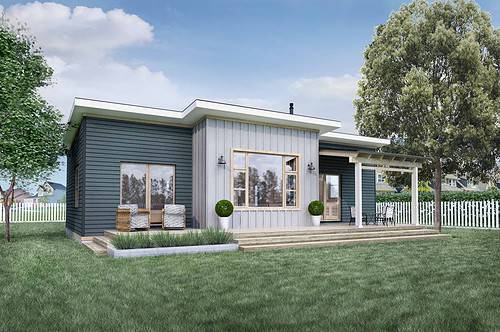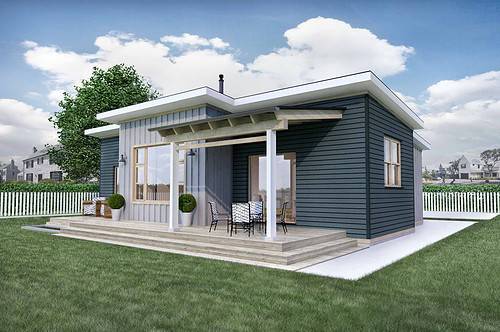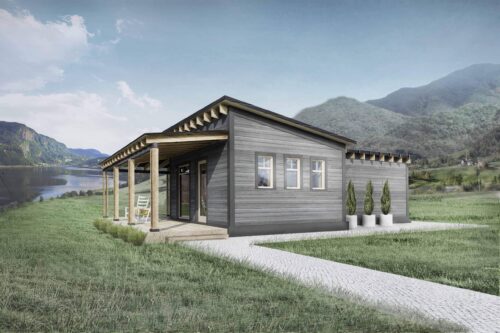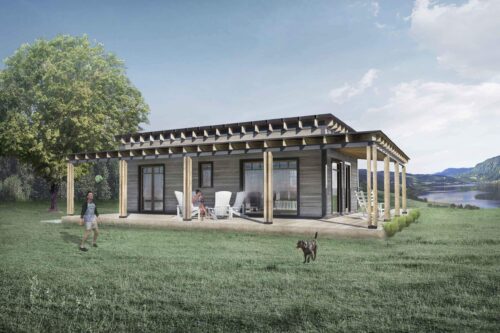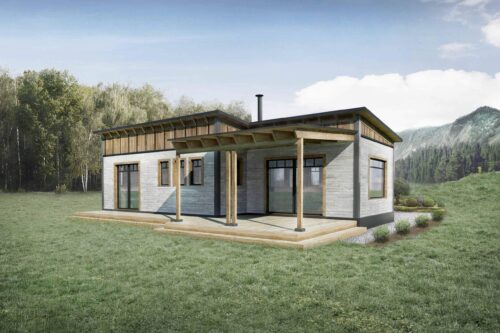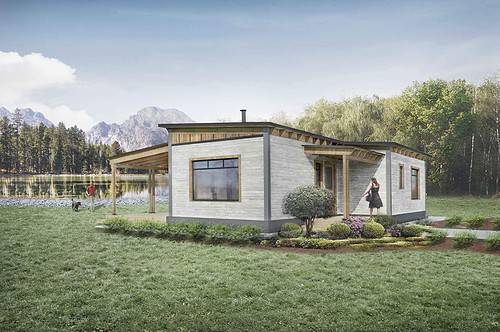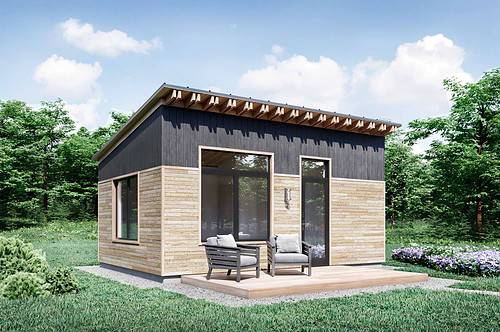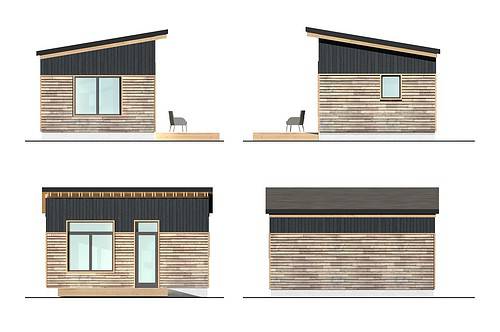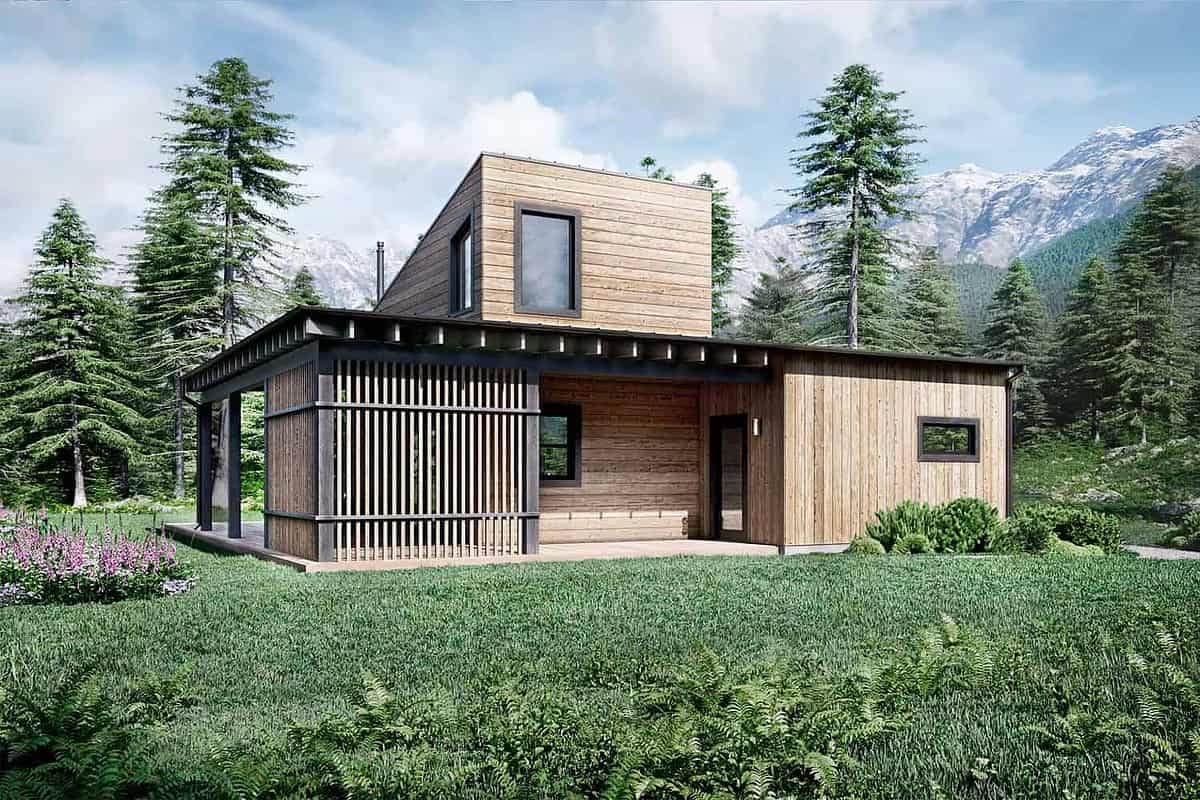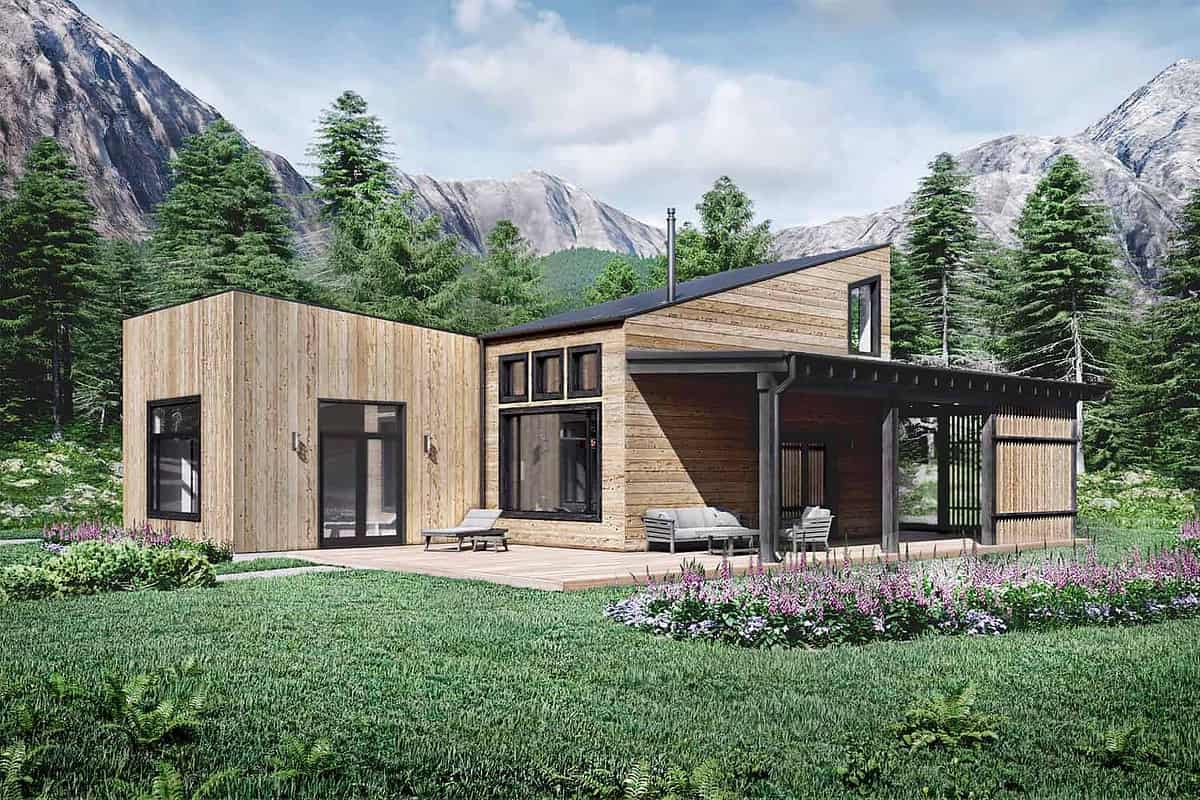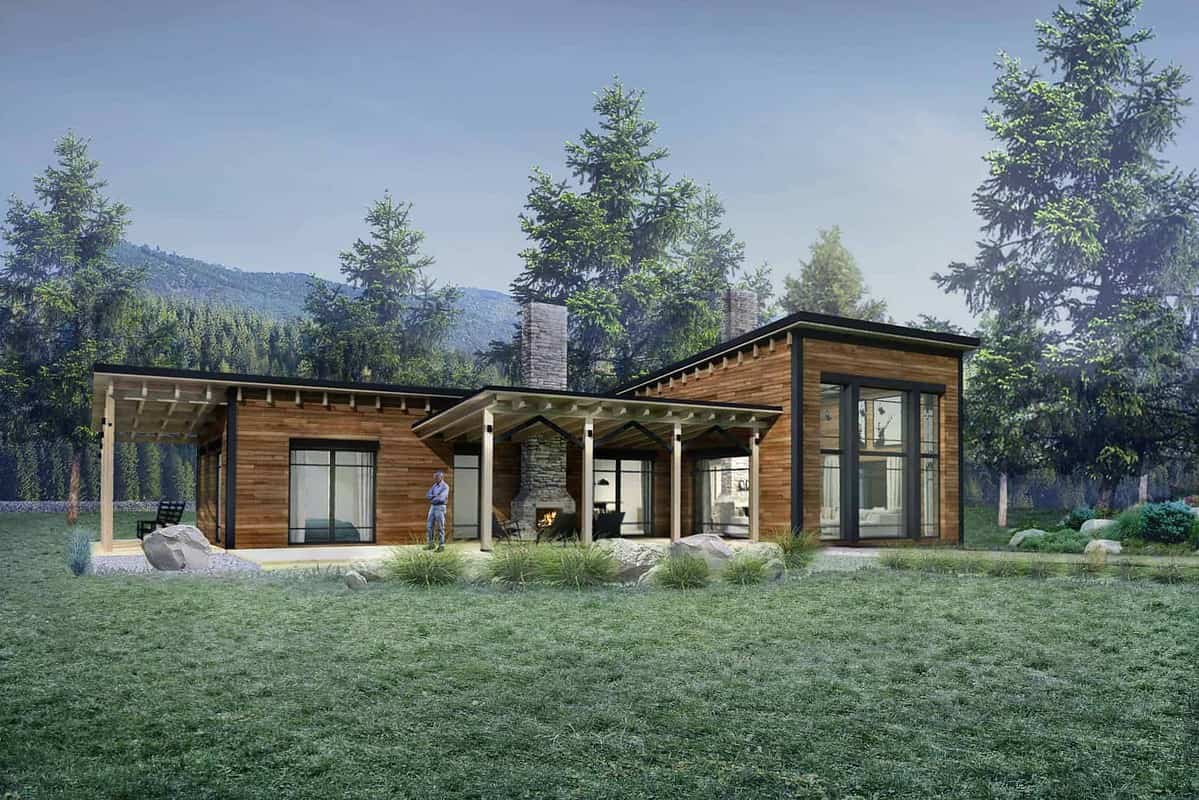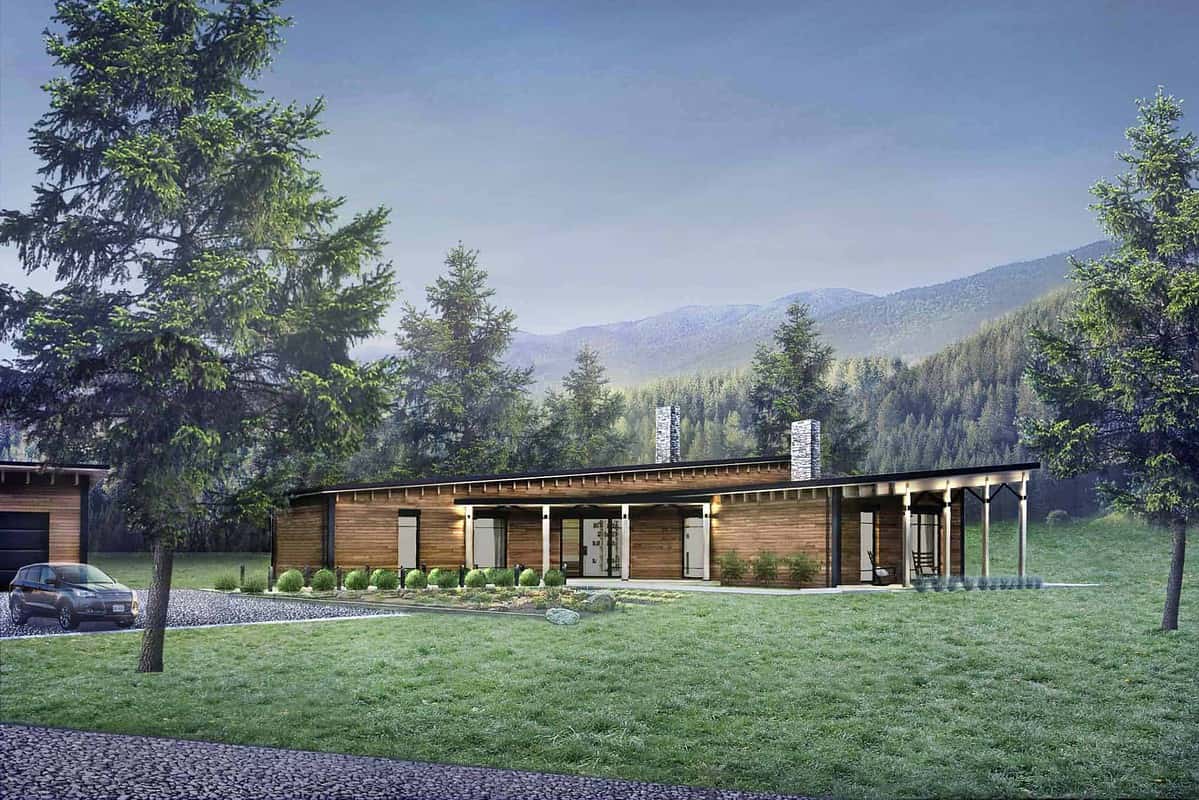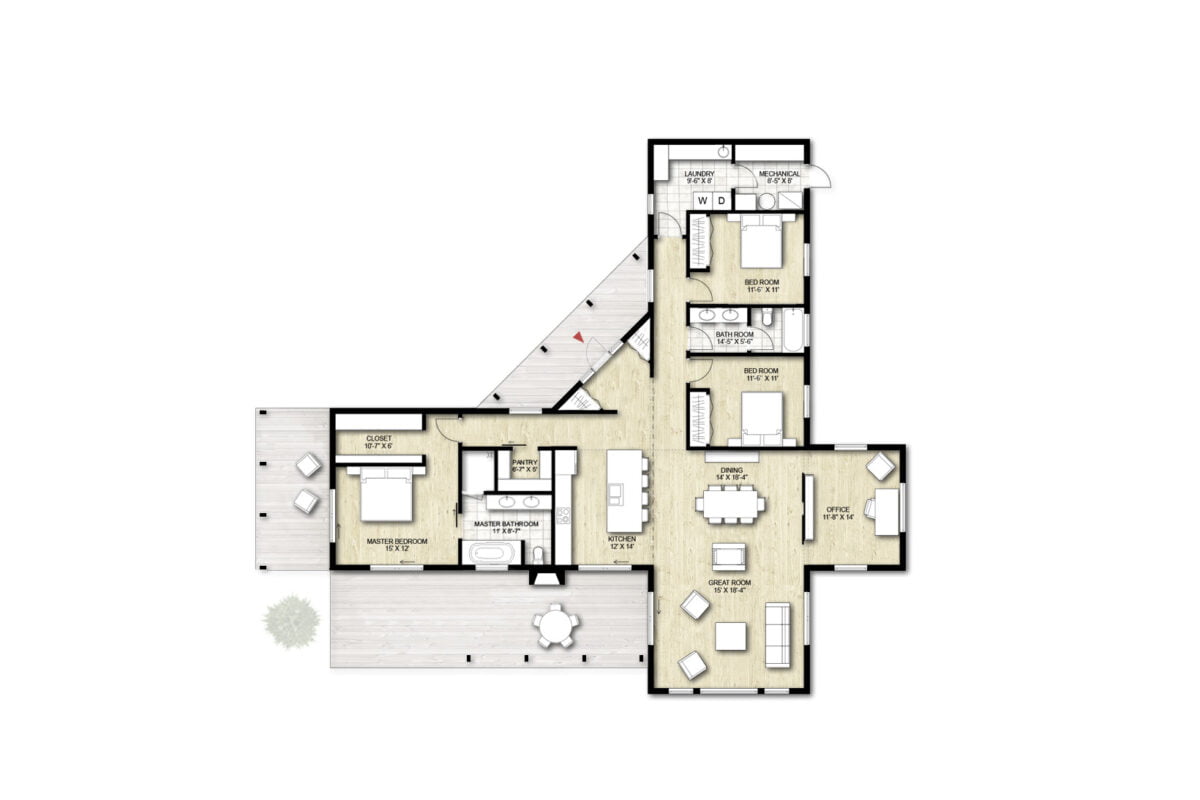No products in the cart.
Important Design Considerations for a Modern Mountain House
Designing a modern mountain house requires careful consideration of the unique features of the site, the surrounding environment, and the needs of the occupants. While modern mountain homes are defined by their sleek, minimalist design features, they also need to be functional, comfortable, and sustainable. Let’s now discuss some of these important design considerations:
Site orientation and views: One of the most important design considerations for a modern mountain house is how to position the home on the site to maximize the view while also taking advantage of natural light. The home should be positioned to capture the best views of the surrounding mountains and forests while minimizing exposure to harsh weather conditions.
Indoor-outdoor living: Modern mountain homes often feature expansive outdoor living spaces that seamlessly connect with indoor living areas. Consider adding large sliding doors or floor-to-ceiling windows that allow for unobstructed views of the surrounding landscape. This will create a sense of flow between indoor and outdoor spaces.
Sustainable design: Adding sustainable design features in a modern mountain house plan can help reduce environmental impact and improve energy efficiency. Consider using locally-sourced, sustainable building materials, energy-efficient heating and cooling systems, and solar panels to reduce energy costs and minimize your home’s carbon footprint.
Material selection: Material selection is an important aspect of any house design more less this. It’s a good idea to use materials like steel, glass, and concrete, which can provide a sleek, modern look while also being durable and low-maintenance. Additionally, consider incorporating natural materials like stone, wood, and natural fibers to add warmth and texture to the overall design.
Flexible spaces: Flexibility should be a major consideration in this type of house plan. You should actively pursue plans that allow for adaptable spaces that can be used for a variety of purposes. You should therefore have multi-purpose rooms that can be easily reconfigured to accommodate changing needs. This is especially important for small modern mountain house plans.
Storage: Storage is an important consideration in any home, but it is especially important in a modern mountain home, where space can be limited. Built-in storage solutions, such as shelves and cabinets, should be a priority as this will help to maximize storage space and minimize clutter.
Lighting: This is one thing that every modern house takes very seriously because it can help create the desired mood while also highlighting key design features. A combination of natural and artificial lighting sources, such as skylights, floor lamps, and pendant lights, can help you create a warm and inviting atmosphere.
Challenges of Building Modern Mountain Homes
Architects and builders must overcome certain unique challenges that modern mountain homes present and they must do so through innovative approaches. Some of the key challenges include harsh weather conditions, steep terrain, and building codes and regulations. We’ll try to break these down.
Harsh Weather Conditions
Harsh weather conditions can be a significant challenge with this type of project. Heavy snowfall, strong winds, and extreme temperature fluctuations can all take a toll on the home’s structural integrity and functionality. To address these challenges, architects and builders often include features like reinforced roofs, energy-efficient insulation, and heated floors into their designs.
Steep Terrain
This is another common challenge that one can encounter when building mountain homes. The natural landscape of mountains often means that sites are sloped or uneven, and this can make building difficult. Solving these difficulties requires that some creative solutions be employed. A few examples include building into the slope or using a cantilevered design that extends over the edge of a steep drop-off.
Building Codes and Regulations
Building codes and regulations can also be a significant challenge. Many mountain communities have strict building codes and regulations that must be followed to ensure safety and protect the natural environment. A simple solution for this is to work closely with local officials and contractors to ensure compliance with local building codes and regulations. This may become even more crucial when incorporating innovative design features.
In general, there are a number of innovative solutions that can be employed to mitigate the myriads of challenges that one can face when handling a project such as this. For example, some architects are using advanced computer modeling and simulation tools to design homes that can withstand extreme weather conditions. These models can simulate everything from wind patterns to snow load on the roof, allowing architects to design homes that are more resilient and energy-efficient.
Additionally, some builders are using prefabrication techniques to streamline the construction process and reduce waste. Prefabrication involves assembling building components in a factory and then transporting them to the building site for installation. This approach can reduce construction time and minimize the environmental impact of building a modern mountain home.



